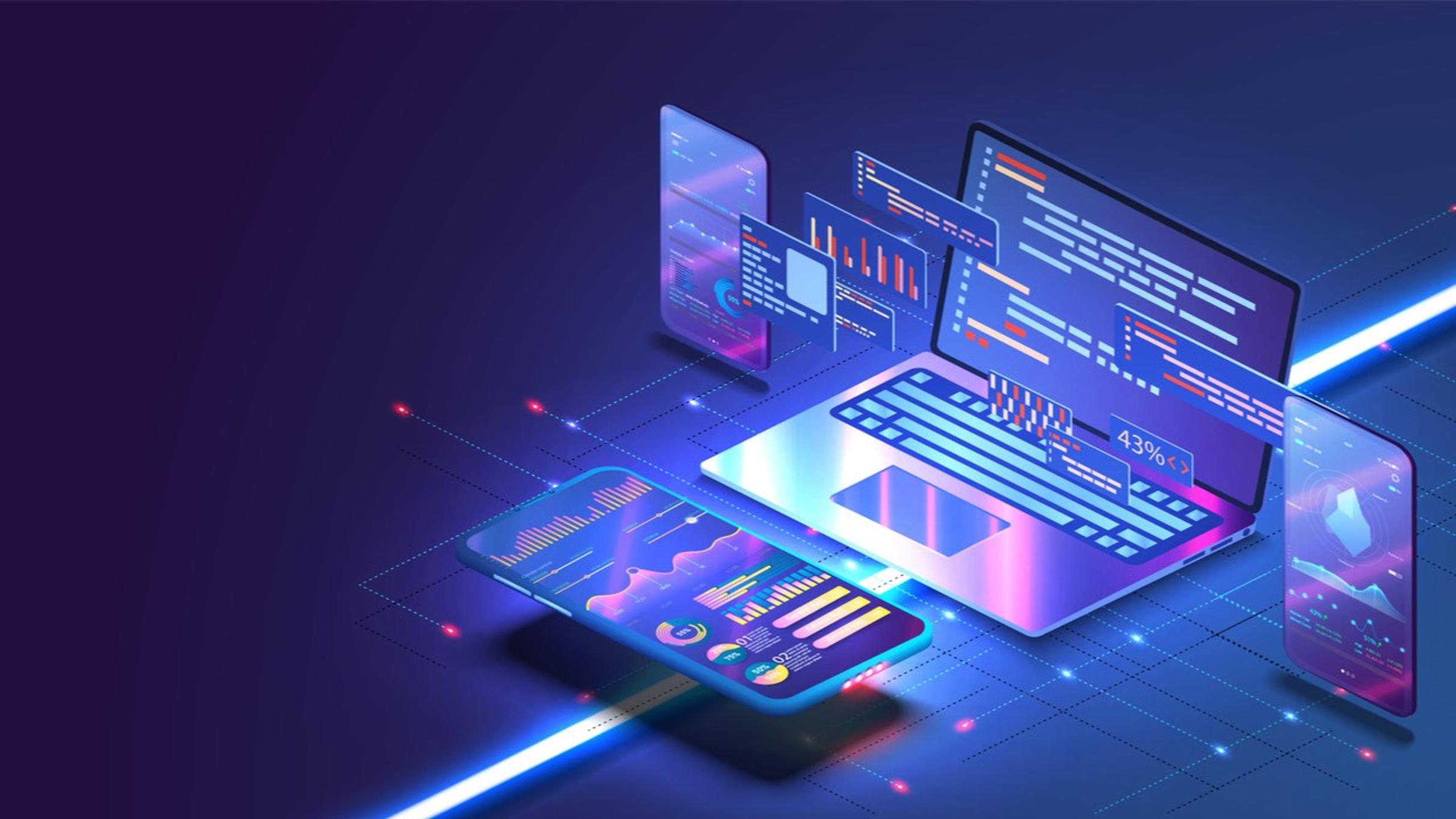Digital Technology
Jason Mulder - Digital Technology Leader

Digital Technology
Jason Mulder - Digital Technology Leader
Smart watches and mobile phones in schools
Recently, I was looking for some statistics for a presentation I was doing for our HEPS staff and I came across a staggering figure around mobile phone ownership within Australia.
With a population of over 26 million, there are more mobile phone plans than people in Australia. It made me think – some of us have more than one phone! I was intrigued, yet I wondered (as I work in a school) and curious about what children owned and perhaps what they used them for. I found this -
One of my daughters started high school this year and well, she got a mobile phone. Not new, but a hand me down. She was very happy. But it made me think about what happens at her high school and what does she do with it. She kindly shared with me the processes and consequences around their use (actually, what happens when you get caught with one in your hand!) and I was impressed. Pretty tough and no room for arguments. However, what are the rules for Government primary schools and us?
In case you didn’t know, The Department of Education has robust, distinct rules and regulations around phones in schools and technology.
Regarding other devices, the Department states –
Last Christmas, my niece was given a smart watch (one of those watches that she can call mum or dad with). Her parents have separated, and it is to help with all the communication between the 3 of them and her activities. Makes perfect sense, but it has made her accessible all day, every day. I asked her about it, and she showed me what it does, how she can make calls and the video calls she can do too. Once again, this made me think about a student and the possibility of it being used at school and the concerns I have as a parent, even teacher.
Due to these privacy issues, under no circumstance should a child be called by a parent on one of these devices. The watch should be on silent (school mode etc) and notifications turned off. Any mobile phone not handed in comes with the risk of ‘Enforcement’ within the guidelines of the Department of Education.
I wonder now, as I walk into the BER each day, how connected children are and how many mobile phones our Level 6 students own! Today, I might pay Bridget a visit and see how many get handed in…